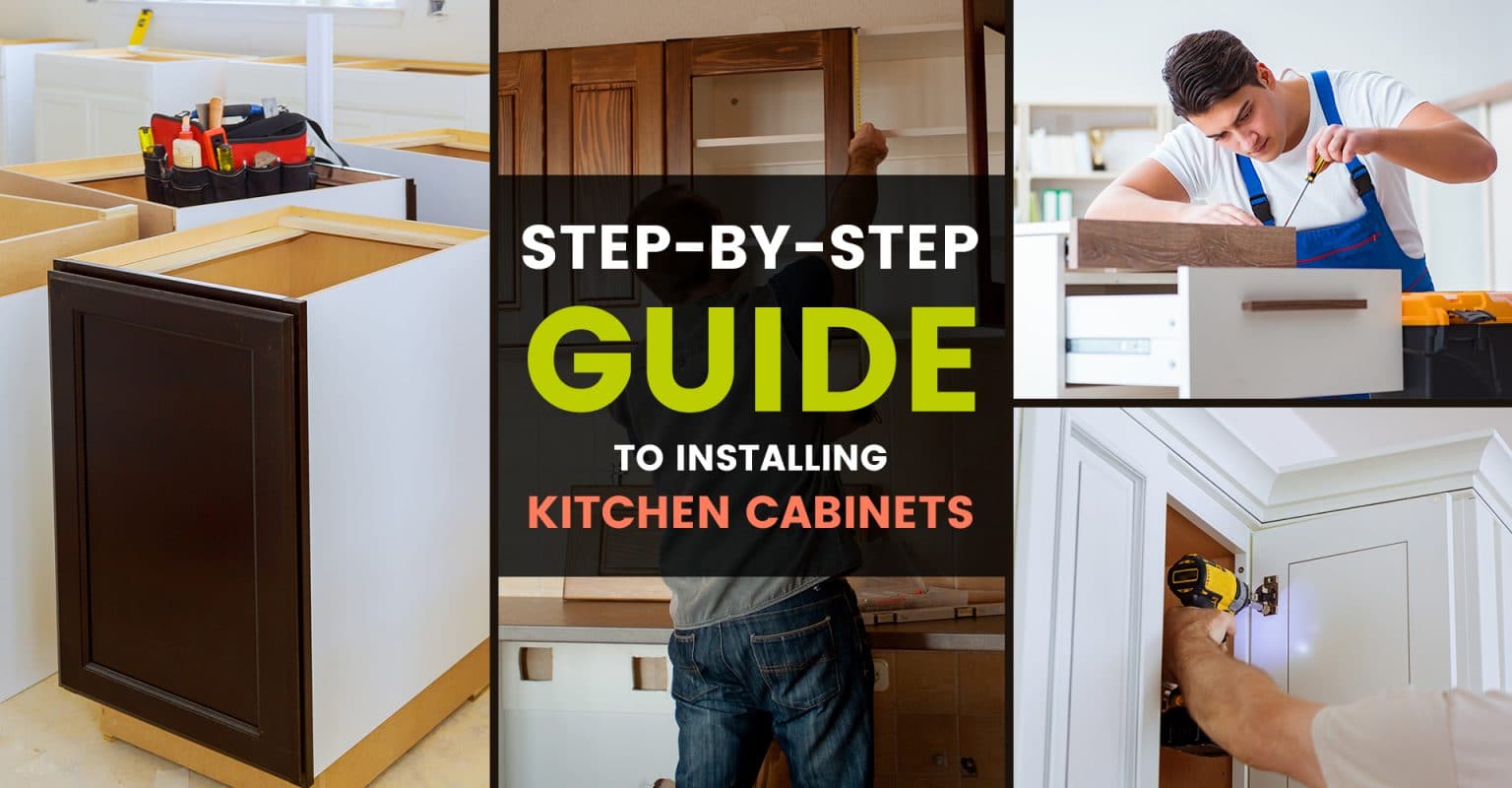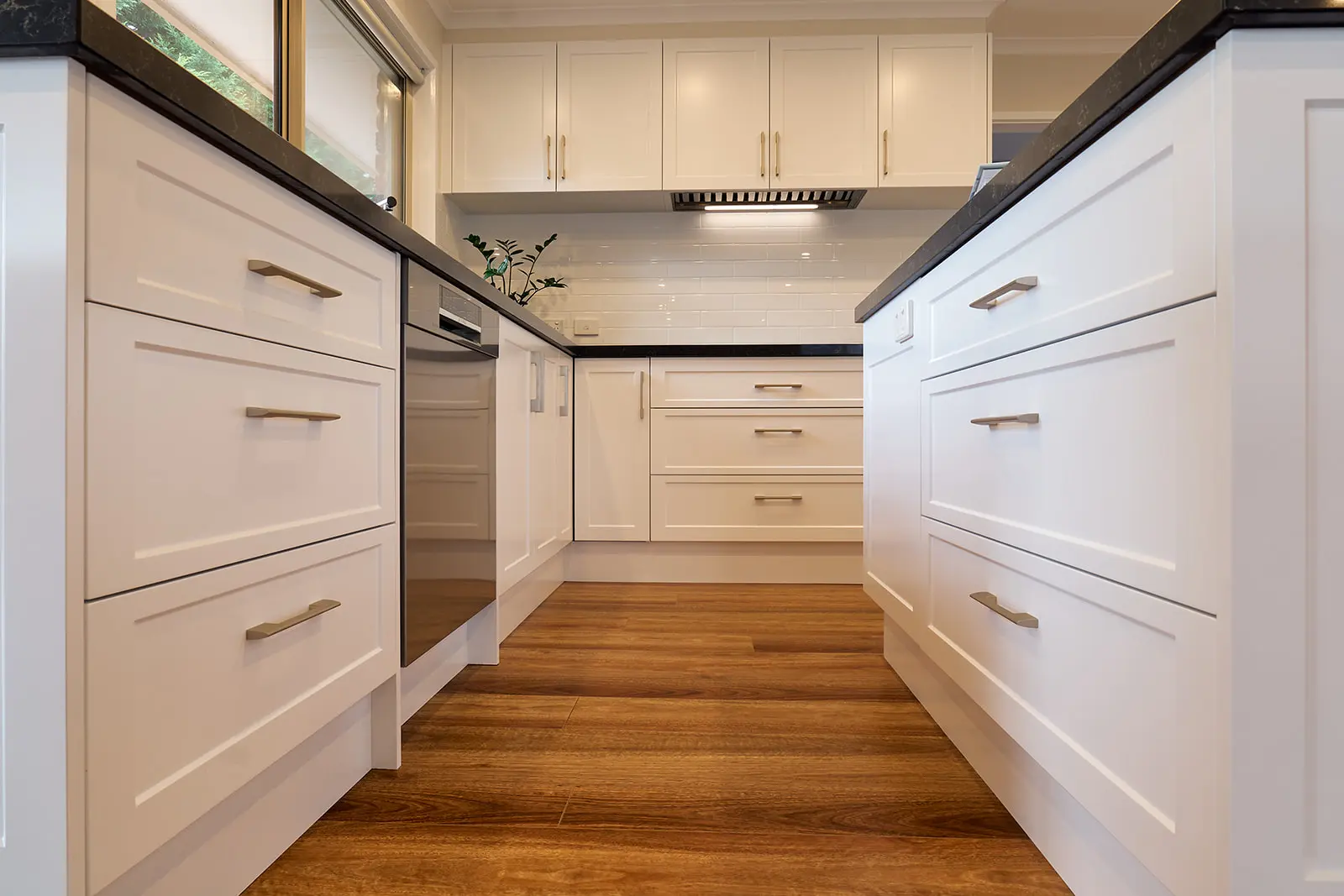Understanding Kitchen Cabinet Assembly Instructions

Assembling your kitchen cabinets can seem daunting, but with the right instructions, it’s totally doable. Think of it like building a super cool Lego set, but for your kitchen! Instructions are your guide to creating a sleek and functional space.
Types of Kitchen Cabinet Assembly Instructions
Assembly instructions help you put your kitchen cabinets together step-by-step, making sure everything fits perfectly. They come in different forms to suit your learning style.
- Diagrams: These are visual guides that show you exactly where each piece goes and how they connect. It’s like a blueprint for your kitchen cabinets.
- Written Steps: These instructions provide detailed explanations of each step, using clear language and sometimes even pictures. Think of it like a recipe for your kitchen cabinet assembly.
- Videos: Some manufacturers provide videos that walk you through the assembly process, showing you exactly how to do each step. It’s like having a personal assembly tutor.
Essential Components and Tools

Before you start building your awesome kitchen cabinets, you gotta know what’s in the box and what tools you’ll need. This will make your life a lot easier and prevent any major meltdowns.
Knowing the key components and having the right tools can make assembling your kitchen cabinets a breeze. You’ll be able to put everything together like a pro, without any major hiccups.
Cabinet Components
The main parts of your kitchen cabinet kit are the cabinet boxes, doors, and hardware.
- Cabinet boxes are the main structure of your cabinets. They’re usually made of wood or particleboard and come in different sizes and styles. They provide the foundation for your cabinets, holding all the other components together.
- Doors are the visible part of your cabinets. They come in various materials, like wood, glass, or laminate, and can be customized with different styles, finishes, and hardware. They’re the key to hiding all your kitchen clutter and giving your kitchen a polished look.
- Hardware includes all the little bits and pieces that make your cabinets work. This includes hinges, knobs, pulls, and other fasteners. They’re the unsung heroes that ensure your cabinets open and close smoothly and securely.
Essential Tools
Here’s a list of tools you’ll need for assembling your kitchen cabinets:
- Screwdriver: A must-have for driving screws into the cabinet boxes, doors, and hardware. You’ll be using this tool a lot, so make sure you have a good quality one.
- Drill: You’ll need a drill for pre-drilling holes before driving screws, especially into hardwood. This helps prevent splitting and makes assembly easier. A cordless drill is ideal for convenience.
- Level: Essential for making sure your cabinets are straight and level. A level helps ensure that your cabinets are installed properly and look good.
- Measuring tape: You’ll need this to measure and mark the locations for screws, hinges, and other hardware. It’s crucial for precise placement and ensuring a perfect fit.
- Pencil: For marking the locations of screws, hinges, and other hardware. You’ll need this to mark your cabinets accurately, so you don’t end up with any surprises during assembly.
- Safety Glasses: Always wear safety glasses to protect your eyes from flying debris during assembly. Safety first! It’s always better to be safe than sorry.
Tool Uses in Cabinet Assembly
| Tool | Use | Screwdriver | Driving screws into cabinet boxes, doors, and hardware. | Drill | Pre-drilling holes before driving screws, especially into hardwood. | Level | Ensuring cabinets are straight and level during installation. | Measuring tape | Measuring and marking locations for screws, hinges, and other hardware. | Pencil | Marking locations of screws, hinges, and other hardware. | Safety Glasses | Protecting your eyes from flying debris during assembly. |
|---|
Step-by-Step Assembly Process: Kitchen Cabinet Assembly Instructions

Assembling kitchen cabinets can be a rewarding DIY project, but it requires careful attention to detail and following the right steps. This section will guide you through the typical process of assembling kitchen cabinets, focusing on base and upper cabinets.
Assembling Kitchen Cabinets: A Step-by-Step Guide
Before starting, gather all necessary tools and materials, including a level, screwdriver, drill, measuring tape, pencil, safety glasses, and work gloves. Ensure you have a clean and well-lit workspace.
- Prepare the Area: Clear the assembly area and ensure it’s flat and stable. Protect your floor with a drop cloth or cardboard to avoid scratches.
- Assemble the Cabinet Boxes:
- Carefully unpack the cabinet parts and identify each piece.
- Locate the pre-drilled holes and align the cabinet sides, top, and bottom.
- Use screws or other fasteners provided to secure the cabinet box together. Ensure all screws are fully tightened and flush with the surface.
- Attach Doors and Drawer Fronts:
- Position the cabinet doors or drawer fronts on the cabinet box, ensuring proper alignment.
- Attach the hinges to the cabinet doors or drawer fronts using the provided screws.
- Align the hinges with the corresponding holes on the cabinet box and secure them in place.
- Install Hardware:
- Attach the cabinet handles, knobs, or pulls using the provided screws.
- Install any drawer slides or other necessary hardware according to the manufacturer’s instructions.
Assembling a Base Cabinet
Base cabinets typically require assembling the cabinet box, attaching the doors, and installing the kick plate.
- Assemble the Cabinet Box: Follow the steps Artikeld in the previous section, ensuring all screws are fully tightened.
- Attach Doors: Align the doors on the cabinet box, attach the hinges, and secure them in place.
- Install Kick Plate: The kick plate is a decorative piece that covers the bottom of the cabinet. Position the kick plate flush with the bottom of the cabinet and secure it using screws or adhesive.
Assembling an Upper Cabinet
Upper cabinets are typically assembled in a similar manner to base cabinets. However, they may have additional features like shelves or decorative moldings.
- Assemble the Cabinet Box: Follow the steps Artikeld in the previous section.
- Attach Doors: Align the doors on the cabinet box, attach the hinges, and secure them in place.
- Install Shelves: If the upper cabinet has shelves, align them inside the cabinet box and secure them using the provided clips or brackets.
- Attach Decorative Moldings: If the upper cabinet has decorative moldings, position them around the cabinet frame and secure them using glue or screws.
Flowchart for Kitchen Cabinet Assembly
Start -> Prepare the Area -> Assemble Cabinet Box -> Attach Doors -> Install Hardware -> Install Shelves (if applicable) -> Attach Decorative Moldings (if applicable) -> Finish
This flowchart provides a visual representation of the typical assembly process for kitchen cabinets.
Kitchen cabinet assembly instructions often include details about the hardware, but they rarely delve into the intricacies of the cabinet door panels themselves. A crucial consideration, however, is the thickness of these panels, as it can significantly impact the overall look and feel of your cabinets.
To learn more about choosing the right thickness for your cabinet door panels, you can consult this informative guide: how thick are cabinet door panels. Once you’ve determined the ideal thickness, you can confidently proceed with the assembly instructions, knowing that you’ve made a thoughtful choice for your kitchen cabinets.
Kitchen cabinet assembly instructions often include details about base cabinet leveling, ensuring a smooth and even surface for the countertop. But before you start assembling, you might be wondering, do you tile a floor under kitchen cabinets ? Tiling can add a beautiful and durable finish to your kitchen floor, but it’s important to consider the impact on cabinet installation and potential height adjustments.
